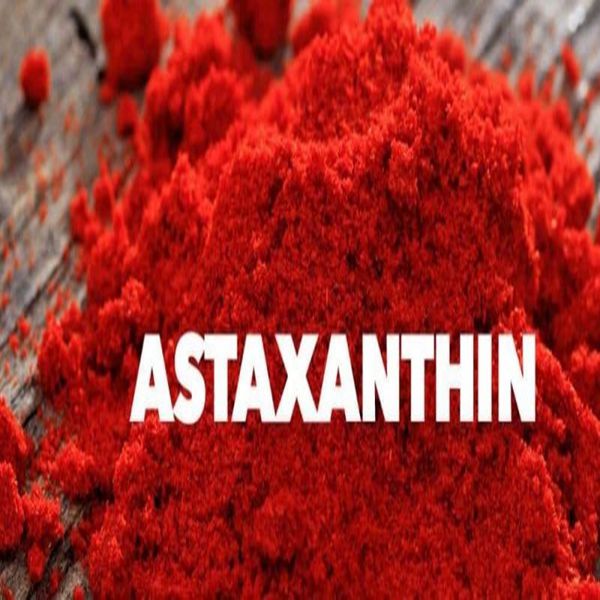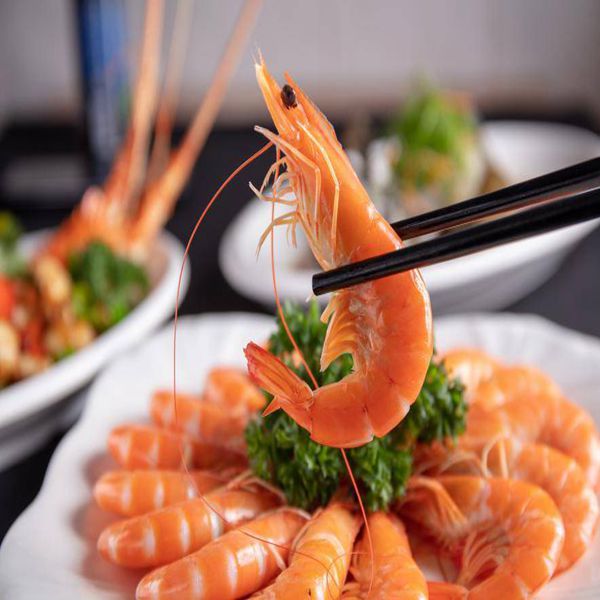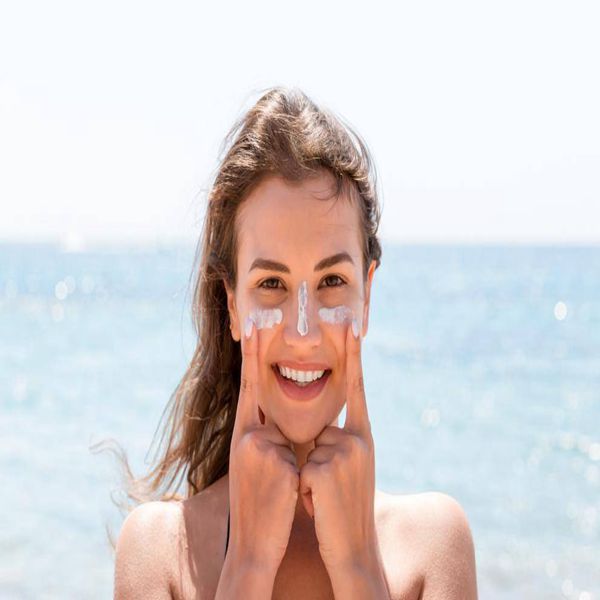Application of astaxanthin in cosmetics
[Abstract] A brief overview of the sources, composition and characteristics of astaxanthin and introduces the application of astaxanthin in cosmetics.
Astaxanthin is a kind of carotenoids with a series of special protective functions for human body. It is used in cosmetics and can provide skin care, protection from ultraviolet light (UVA, UVB) damage and other functions. This paper prospects its development prospect of domestic daily chemical market in the future and provides some useful information for the full development and utilization of astaxanthin resources.
[Key words] cosmetic raw materials; astaxanthin; composition and characteristics; application
In 1933, R. Kuhn et al. [1] extracted from shrimp, crab to purplish red crystals, and named it oester. However, in 1938, it was found that it was not an ester, but a new carotenoid closely related to Asparcidin. It was named astaxanthin and its chemical structure was determined. Most crustaceans, such as shrimp, lobster and crab, are red by the accumulation of astaxanthin, and the meat color of some fish such as salmon is also the result of astaxanthin accumulation.
1. Source of astaxanthin
The sources of astaxanthin are mainly divided into chemical synthesis and addition-free extraction.
1.1 Chemical synthesis method
So far, the only company that uses chemical synthesis is Roche in Switzerland, and the content of astaxanthin is 5% to 10%.
1.2 No addition of the extraction method
1.2.1 Extraction from the processing waste of aquatic products
The usual method is to crush the shrimp and crab shell, and then acid solution, with organic solvents such as petroleum ether extraction.
1.2.2 Extraction of astaxanthin from cultured algae
There are many algae that produce astaxanthin, and [2] is an important astaxanthin producing algae. Lack of nitrogen source in the algae. If Fe2 + is added to the culture medium, the synthesis capacity of astaxanthin will be significantly increased and will be changed from vegetative cell to cell sac. Light density, time, and nature of light can affect the accumulation of astaxanthin. The content of astaxanthin in bacterin is as high as 0.2%~2.0%, but the culture cycle is long, which requires light and wall breaking, which is not conducive to large-scale production.
1.2.3 Praxanthin extraction from yeast
At present, foreign countries mainly use red hair yeast for strain fermentation to produce astaxanthin.
2. Application of astaxanthin in cosmetics
2.1 seaweed extract ——— astaxanthin as a strong antioxidant vitamin in nature, has the reputation of “super vitamin E”, its antioxidant is 550 times that of vitamin E, can effectively protect the skin from ultraviolet light (UVA, UVB) damage, consumption of putrescine [3] when the skin is light; at present, as a new cosmetic raw material, with its excellent characteristics are widely used in cream, emulsion, lip balm, skin care products and other cosmetics.
2.1.1 For facial skin cream
The structural characteristics of astaxxanthin make it easy to react with free radicals and remove free radical [4] and play an antioxidant role. Used for skin care products, it has the effect of preventing and delaying skin aging and reducing the production of wrinkles and freckles.
2.1.2 For sunscreen cosmetics
UV radiation is an important cause of epidermal photoaging. Astaxanthin can effectively remove the free radicals produced by ultraviolet irradiation in the body, regulate and reduce these injuries caused by photochemistry; resist ultraviolet irradiation, anti-oxidation, eliminate free radicals, have excellent defense effect on tanning, sunburn and aging, inhibit and dilute melanin for a long time, and provide long-term whitening effect for skin.
3. Outlook
As a cosmetic raw material with unique functions and widely used, astaxanthin is more and more favored by the public, and its application prospect is very broad.
Post time: Mar-20-2023




